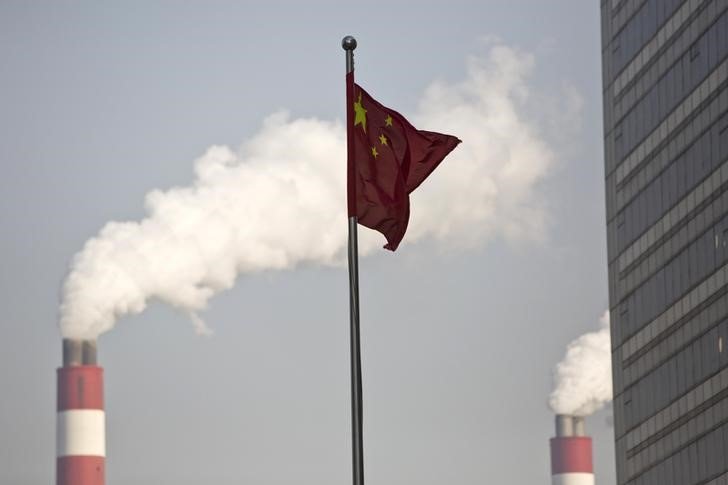China has announced a US$325 billion fiscal support package aimed at reviving its slowing economy over the next three months.
Largest since GFC
The program, the largest since the global financial crisis, will focus on supporting state banks, bolstering the struggling property market and stimulating consumer spending, as the country grapples with a prolonged property downturn and chronically low consumption.
Finance Minister Lan Foan outlined the stimulus measures over the weekend, which include the issuance of additional treasury bonds and ultra-long-term special treasury bonds to inject funds into the economy.
Around 2.3 trillion yuan (US$325 billion) of special bond funds will be used across various regions over the coming months.
The bonds are expected to deliver significant support to large state-owned commercial banks, enhancing their risk resistance and credit lending capabilities to better serve the real economy.
Debt ceiling, mortgage relief
The government also plans to raise the debt ceiling for local governments, allowing them to increase infrastructure spending and safeguard jobs.
Lan emphasised that China still had more room to issue more debt if needed, as the country faced mounting economic pressures.
The announcement builds on a series of recent stimulus measures, including interest rate cuts and liquidity injections for banks, which aim to pull the world’s second-largest economy out of its slump.
Beijing has also introduced mortgage relief, with China’s top banks, including the Industrial and Commercial Bank of China and the Bank of China, set to reduce interest rates on existing mortgages from October 25.
The rate adjustments, which will exclude second mortgages in key cities like Beijing and Shanghai, will be automatically applied to eligible loans.
In addition to mortgage support, the People’s Bank of China has launched a 500-billion-yuan (US$68.7 billion) swap facility to inject liquidity into the markets, to encourage companies to buy stocks and promote the “healthy and stable development” of the capital markets.
Despite these efforts, analysts warn that more action is needed to address structural issues in the economy, including low consumption and over-reliance on debt-fuelled infrastructure investment.
China is aiming for 5% growth this year but concerns remain about whether this target can be achieved given ongoing economic challenges.

